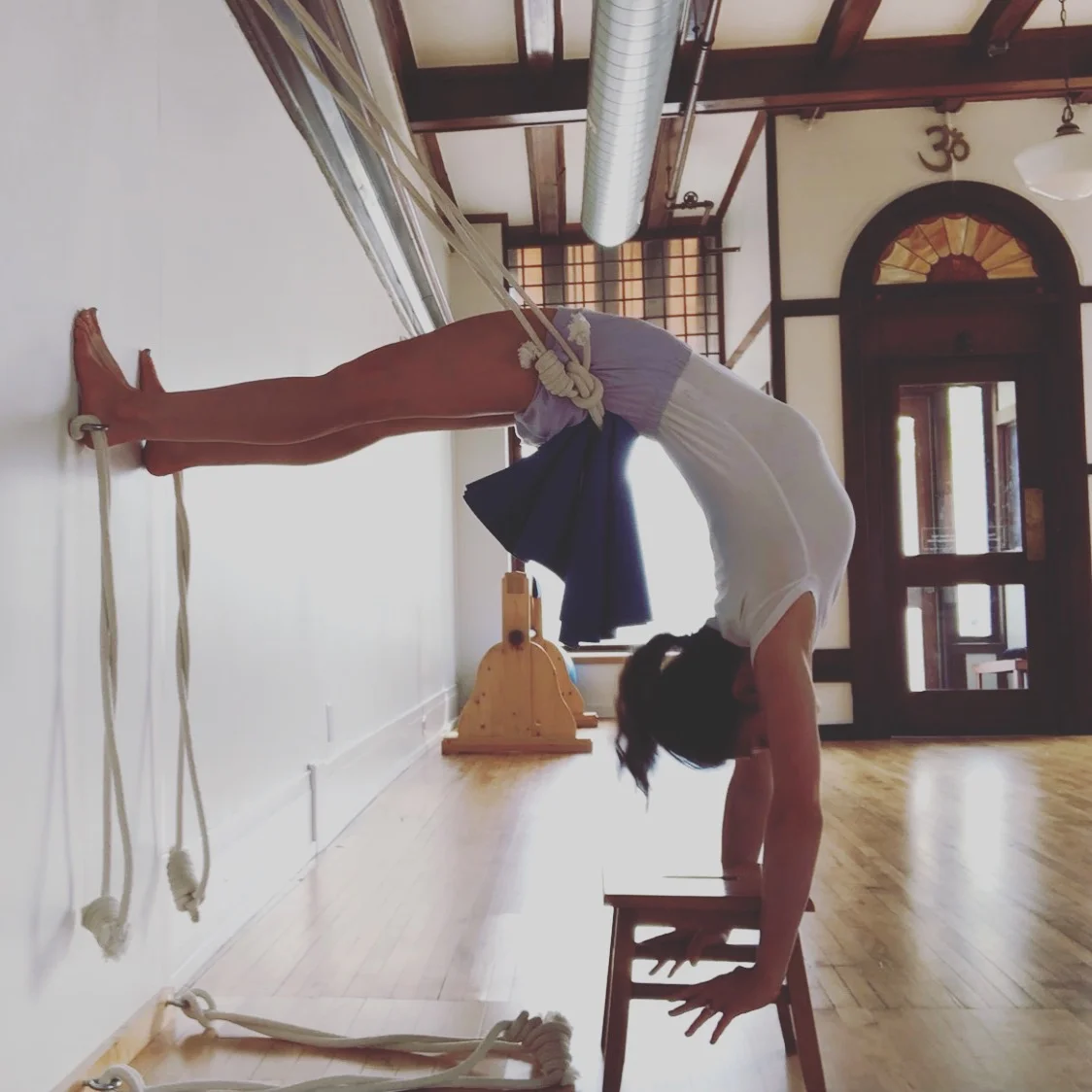“[the] whole world is upside down [when] you take the artifacts in your living room to be more real than the unity that connects us all, more real than the relations and obligations that unite us all. Perceiving the links and associations that bind the cosmos in a seamless whole is the object of yoga’s journey of discovery.”
“
II.16 heyam duhkham anāgatam “the pains which are yet to come can be and are to be avoided.”
Past pain is finished. Pain we are in the process of experiencing cannot be avoided, but can be reduced to some extent by yogic practice and discriminative knowledge. Unknown future pains can be prevented by adhering now to yogic discipline.”
In Iyengar Yoga classes students learn discipline, learn to pay attention to one’s actions, learn to see the results of one’s actions, learn discrimination, and this leads to the ability to practice to heal and overcome one’s afflictions and prevent future pains. Alignment within the poses, alignment of the sequences, the way the class is set up, the way we use props, instructions, etc, everything is done purposely to help the students transform and develop skills ultimately to experience “yoga.”
““...Yoga is a preventative healing art, science, and philosophy, by which we build up robust health in body and mind and construct a defensive strength with which to deflect or counteract afflictions that are as yet unperceived afflictions..””
There are poses I saw Guruji BKS Iyengar practicing in Pune that I am still trying attempting to approach.

